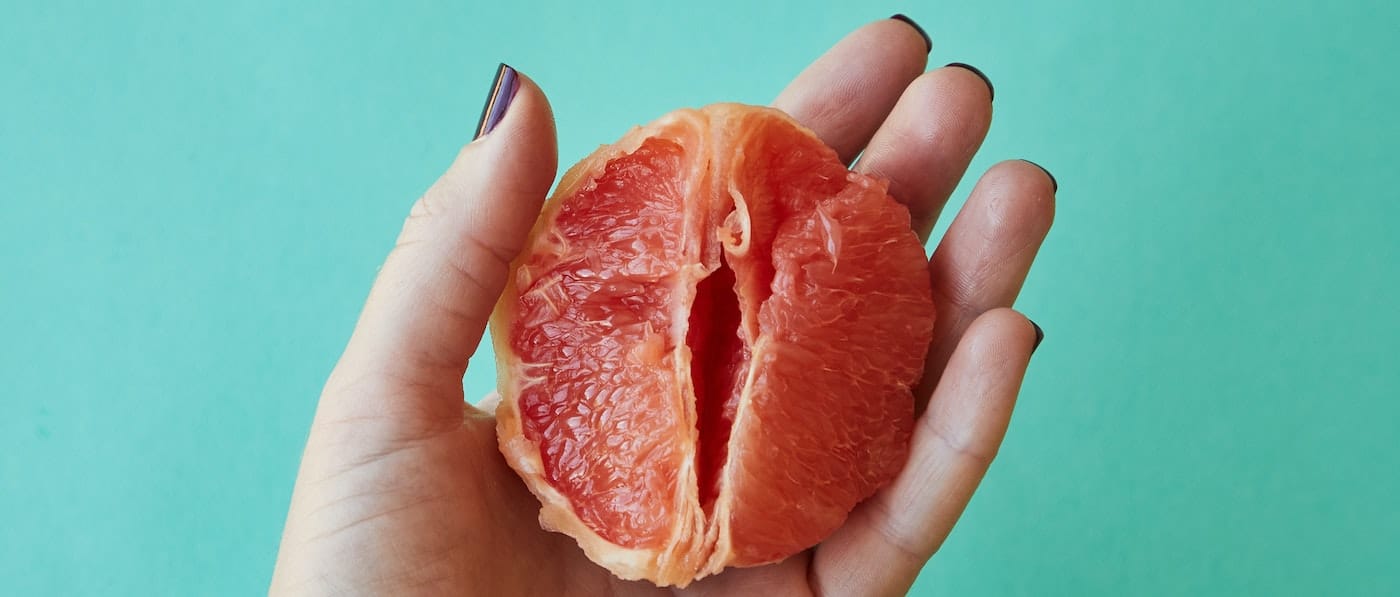A new study has revealed the best music for our vaginas to listen to while we exercise our pelvic floor and Olivia Rodrigo has topped the list – yes, you heard that right!
The research, conducted by the pelvic floor experts at Innovo, analysed over 1,000 songs using data sourced from Spotify and its workout playlists, to find the songs best suited for our vaginas.
Calculating the average time we should take to squeeze and release whilst doing kegel exercises, they were able to calculate the average beats per minute (BPM) required to get the best results.
After matching this formula with tracks recently featured in the UK Top 40 charts and Spotify’s popular workout playlists, the closest match to the formula was ‘Good 4 U’ by Olivia Rodrigo, with Kid Laroi and Justin Bieber’s ‘Stay’ ranking closely behind.
Music for your Vagina: The Top 10 Songs
Good 4 U – Olivia Rodrigo
Stay – Kid Laroi, Justin Bieber
Industry baby – Lil Nas X, Jack Harlow
2055 – Sleepy Hallow
Montero (Call me by your name) – Lil Nas X
Jealousy, Jealousy – Olivia Rodrigo
Blinding Lights – The Weeknd
Truth Hurts – Lizzo
Coraline – Måneskin
Plastic Hearts – Miley Cyrus
What is the Pelvic Floor?
Not sure what the pelvic floor is, or how to exercise it? Don’t worry, you’re not alone! Innovo stats show that one in ten women and almost half of men are unaware of the importance of their pelvic floor.
Over the course of our lives, our pelvic floor – the key set of deep muscles situated in the pelvis – can become weakened.
The pelvic floor muscles can lose their tone due to a number of different triggers which result in an inability to control urination.
This is commonly a result of high-impact exercise, pregnancy, childbirth, menopause, and pelvis and prostate surgeries, leaving one in three women and one in ten men unable to control urinary leaks.
Why Exercise the Pelvic Floor?
Exercising your pelvic floor can be very tricky. As the pelvic floor is a deeply internal muscle, it can be difficult to contract it, especially if these muscles are particularly weak.
However, a strong pelvic floor can have monumental effects on your body including; giving you control over your bladder and bowel, improving sexual sensation, improving posture, strengthening the core for a flatter tummy, relieving back pain and preventing prolapse.
Pelvic floor expert and pilates instructor, Jane Wake explains:
“The pelvic floor muscles are quite possibly our body’s biggest unsung heroes and they play a crucial role in day-to-day functions, from facilitating healthy toilet habits, to supporting our posture and physical movements.
“Pregnancy, childbirth, menopause and exercise can all take their toll on the pelvic floor and this can lead to bladder weakness – which affects the lives of an astonishing one in three women in the UK (and one in ten men).
“Manual pelvic floor exercises are notoriously tricky to master, but having external factors, like music, can help you stay controlled.”
When doing your pelvic floor exercises, the NHS recommends to squeeze for 3 to 5 seconds, then relax the muscles and counting a further 3 to 5 seconds. You should then repeat this 10 times, 3 times a day.
However, there are also a wide range of kegel exercisers and pelvic floor trainers available to assist in strengthening these muscles, if Kegel exercises are too strenuous.
Ruth Maher from Innovo adds:
“We know it can be tough to find the motivation to get moving and exercising every day, but finding the right playlist can greatly improve your mood and energy levels.
“Our research aims to encourage people to start exercising their pelvic floor muscles on a daily basis to help tackle incontinence and get people back on their dancing feet without worrying about leaks.”
The full research, top tips and tricks and playlist can be found here.





